Birdhouses Or Nesting Boxes? Key Differences And Best Uses
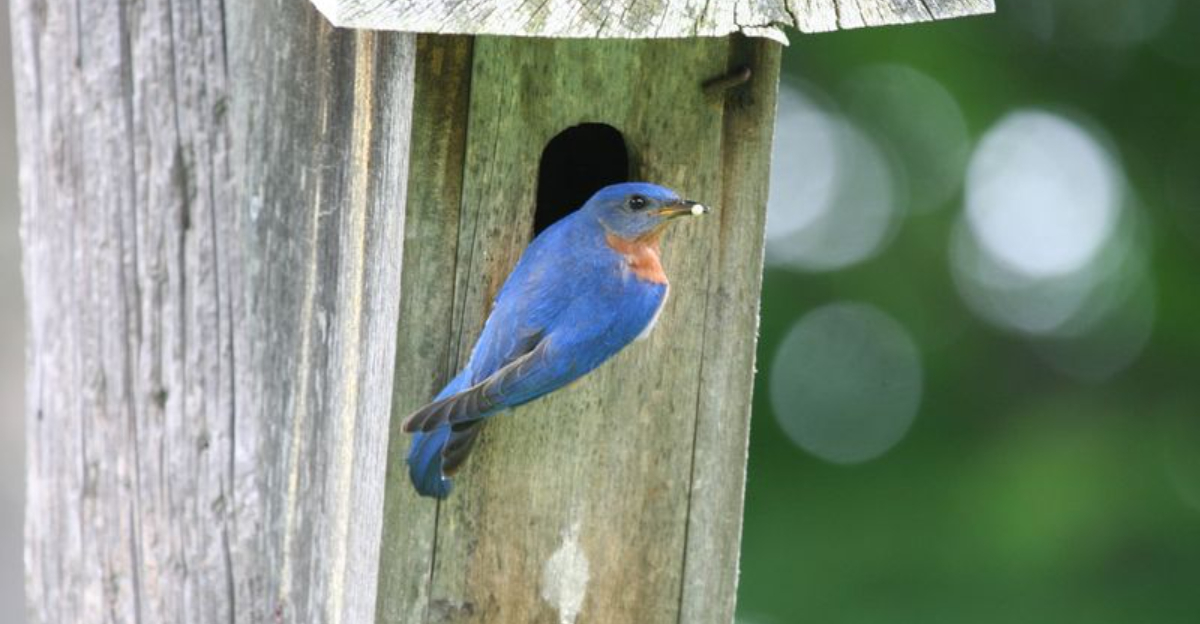
Ever wondered why some birds flock to certain homes while others stay away? The secret might be in your choice between a birdhouse or nesting box. These two bird shelters serve different purposes and attract different feathered friends to your garden.
Understanding their unique features can transform your backyard into a bustling bird sanctuary.
1. Purpose-Built Design
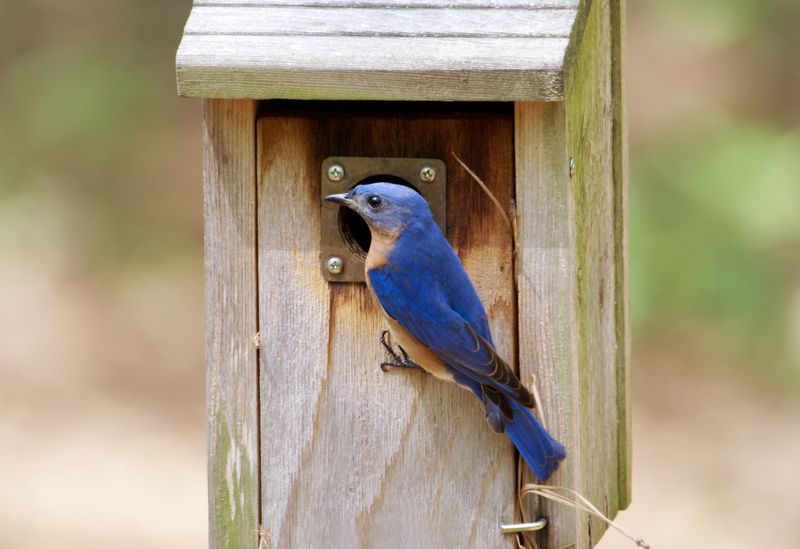
Birdhouses typically serve as decorative garden features with bird accommodation as a secondary benefit. Many are crafted with aesthetics in mind.
Nesting boxes, on the other hand, are specifically engineered to meet birds’ biological nesting requirements, with less emphasis on visual appeal and more on functionality.
2. Entry Hole Specifications
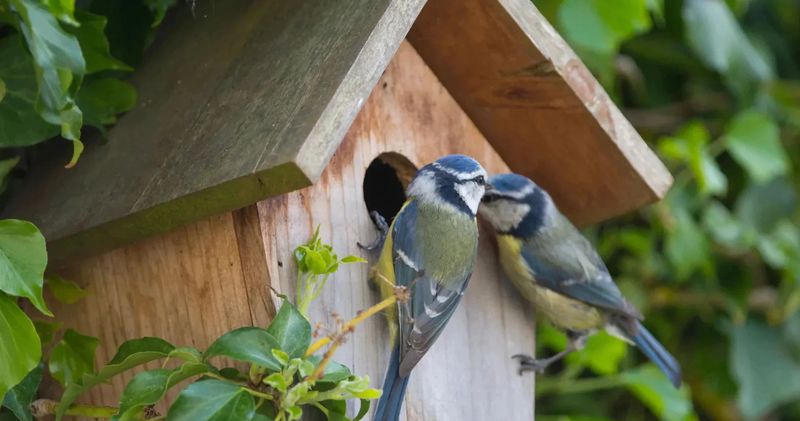
Wonder why some birds avoid your beautiful birdhouse? The entry hole size makes all the difference. Nesting boxes feature precisely measured openings tailored to specific species.
Decorative birdhouses often have standardized or randomly sized holes that might not accommodate your local birds’ needs or could allow predators access.
3. Interior Space Considerations
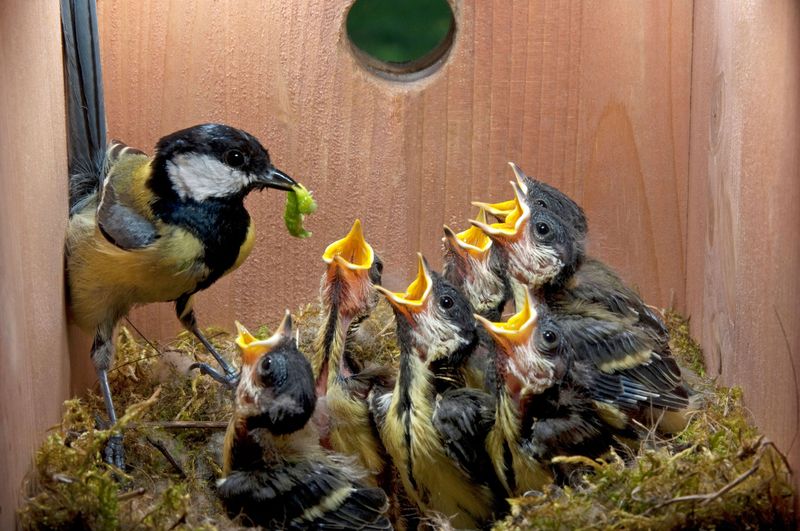
Flying into the details, nesting boxes provide calculated floor dimensions and ceiling heights based on ornithological research. A chickadee needs about 4×4 inches of floor space with 8-inch height.
Many decorative birdhouses offer random interior dimensions that might feel cramped or exposed for nesting birds, leading to abandonment.
4. Ventilation Requirements
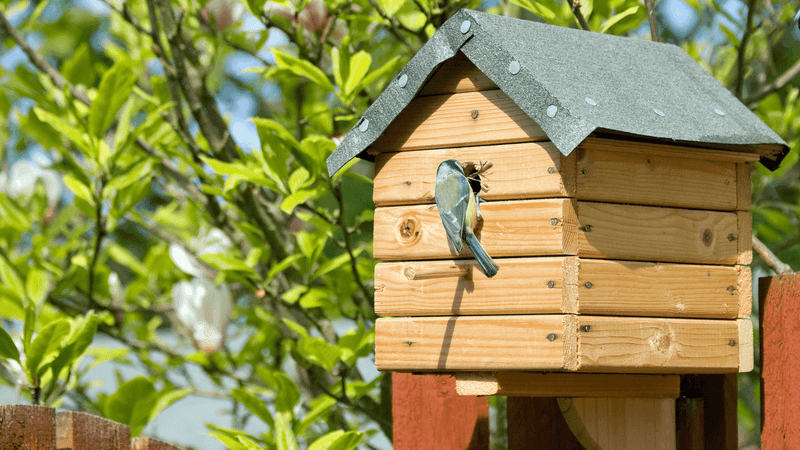
Sweltering summer days can turn a poorly ventilated birdhouse into a deadly trap. Quality nesting boxes include strategic air holes near the roof to release hot air.
Many decorative birdhouses lack proper ventilation, creating potentially dangerous conditions during heat waves. This small detail can mean life or death for nestlings.
5. Drainage Features

Spring showers shouldn’t create indoor pools! Effective nesting boxes have small drainage holes in the floor, allowing rainwater to escape. This simple feature prevents drowning of eggs or chicks.
Decorative birdhouses might overlook this crucial detail, creating soggy conditions that can lead to nest failure and abandonment.
6. Construction Materials

Knock on wood! Nesting boxes typically use untreated, thick wooden boards (¾-inch cedar or pine) that provide natural insulation against temperature extremes.
Decorative birdhouses might feature thin wood, plastic, metal, or treated materials that can become too hot, too cold, or even toxic to birds and their young.
7. Cleaning Access

Old nests harbor parasites! Proper nesting boxes feature side or front panels that open for annual cleaning. This accessibility helps prevent disease transmission between nesting seasons.
Many decorative birdhouses lack cleaning access, allowing old nesting material to accumulate year after year, potentially harboring mites, bacteria, and other health hazards.
8. Predator Protection
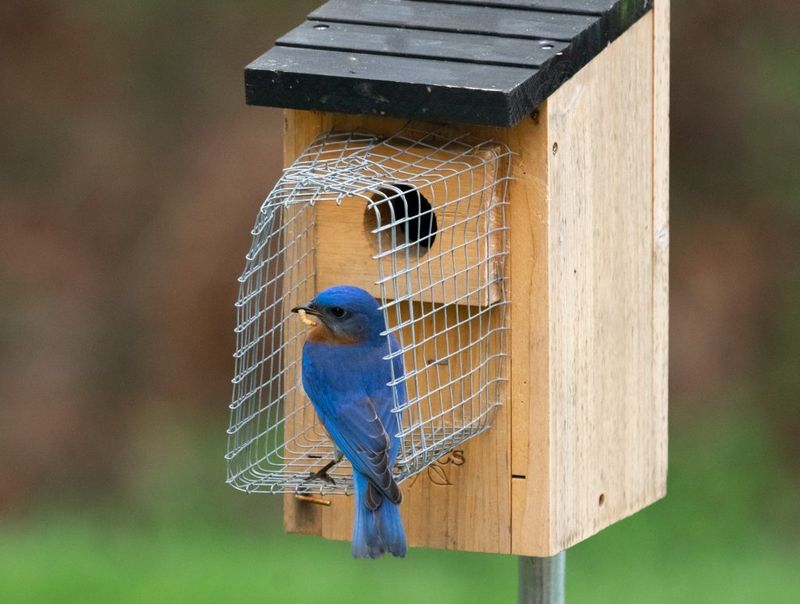
Nature can be cruel without proper safeguards. Well-designed nesting boxes include predator guards – metal plates around entry holes preventing enlargement by squirrels or woodpeckers.
They might also feature extended roofs and recessed entrances to deter reaching paws. Decorative birdhouses rarely incorporate these life-saving features.
9. Mounting Systems
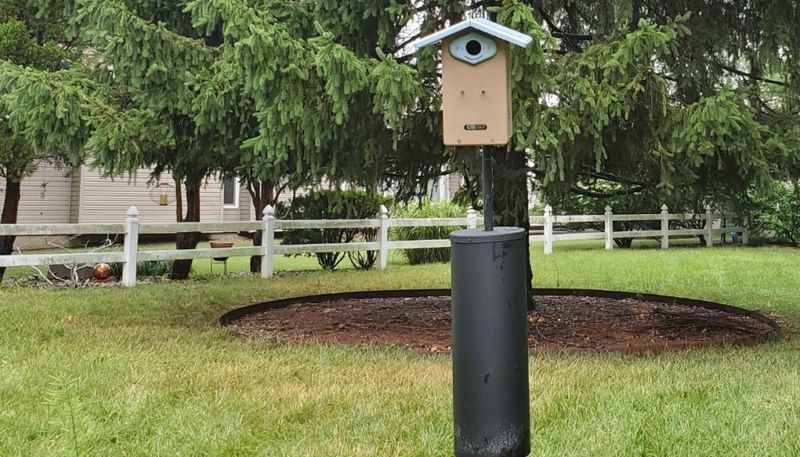
Location matters tremendously! Nesting boxes come with specific mounting instructions – proper height, direction, and placement away from predator access points.
Many include pole-mounting systems or predator baffles. Decorative birdhouses often hang from branches or eaves, making them more vulnerable to cats, raccoons, and other threats.
10. Species Specificity

Tailored to feathered preferences! Nesting boxes are often designed with specific bird species in mind – bluebirds, wrens, chickadees, or woodpeckers all have different requirements.
Decorative birdhouses typically take a one-size-fits-all approach, which might attract house sparrows or starlings while excluding native species you’d prefer to host.
11. Seasonal Timing
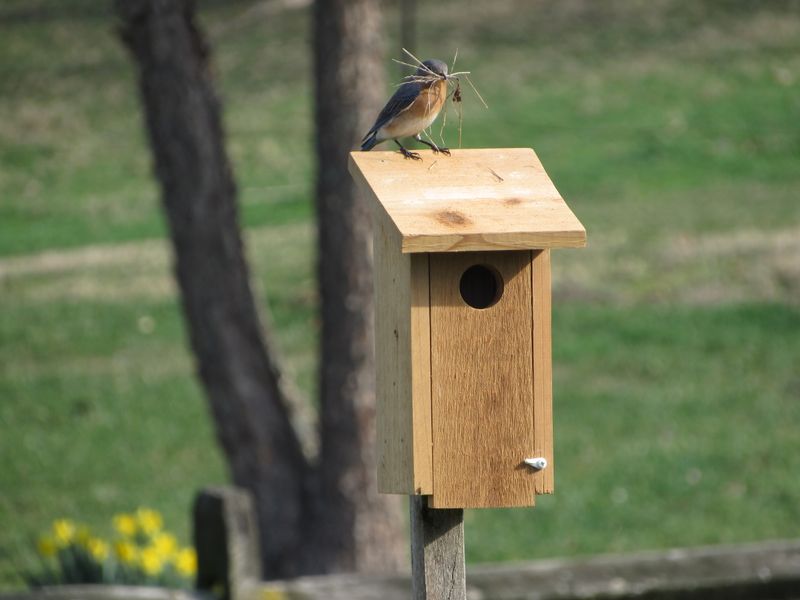
Timing is everything in real estate! Nesting boxes should be installed by late winter to early spring, allowing birds time to discover them before breeding season begins.
Since decorative birdhouses serve primarily as garden décor, they’re often placed without consideration for nesting cycles, potentially missing the critical window for attracting nesting pairs.
12. Temperature Management
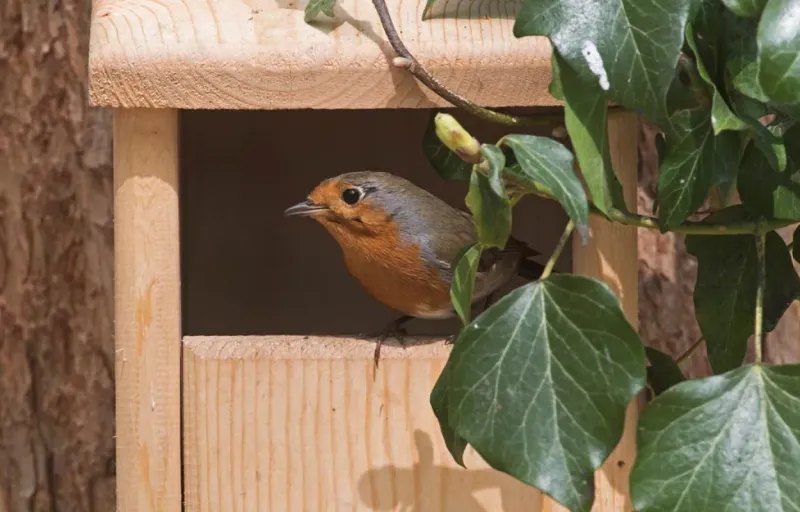
Birds are sensitive to temperature extremes. Properly designed nesting boxes consider local climate, with lighter colors in hot regions reflecting heat, and darker colors in cooler areas absorbing warmth.
Placement direction also matters – facing away from afternoon sun in hot climates. Decorative birdhouses rarely address these thermal considerations.
13. Conservation Impact
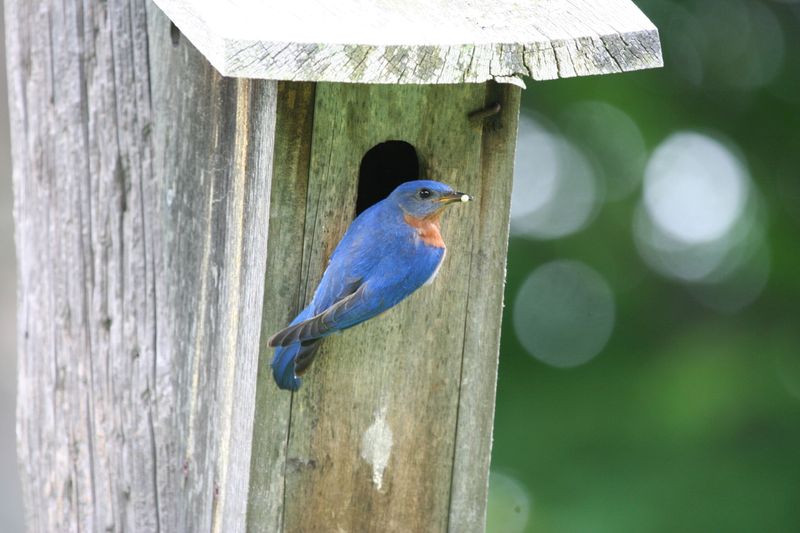
More than just garden accessories! Properly designed nesting boxes can support declining native bird populations by providing crucial breeding habitat. Many conservation organizations promote specific designs for threatened species.
Decorative birdhouses might inadvertently favor invasive species like house sparrows over native birds that need assistance.
14. Maintenance Requirements
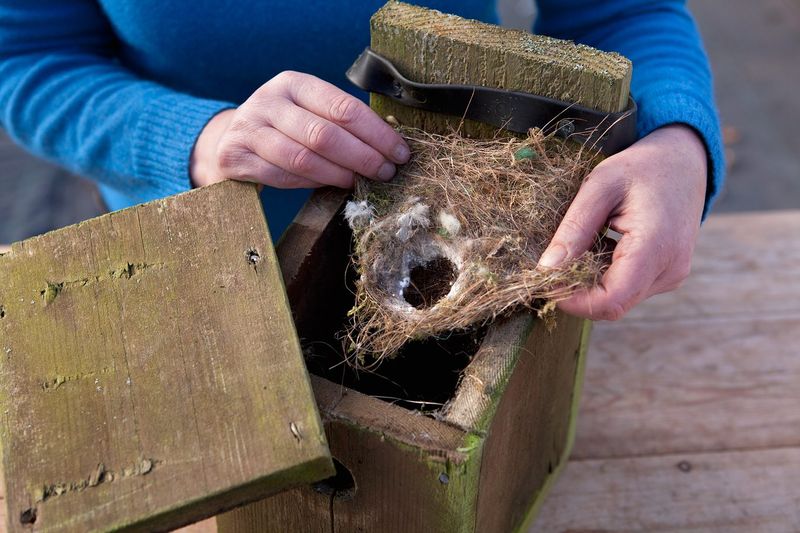
Annual upkeep ensures success! Proper nesting boxes require yearly cleaning after breeding season ends. This involves removing old nesting material and checking for structural damage.
The boxes might need occasional repairs or repositioning based on usage patterns. Decorative birdhouses are rarely maintained with the birds’ health as priority.






